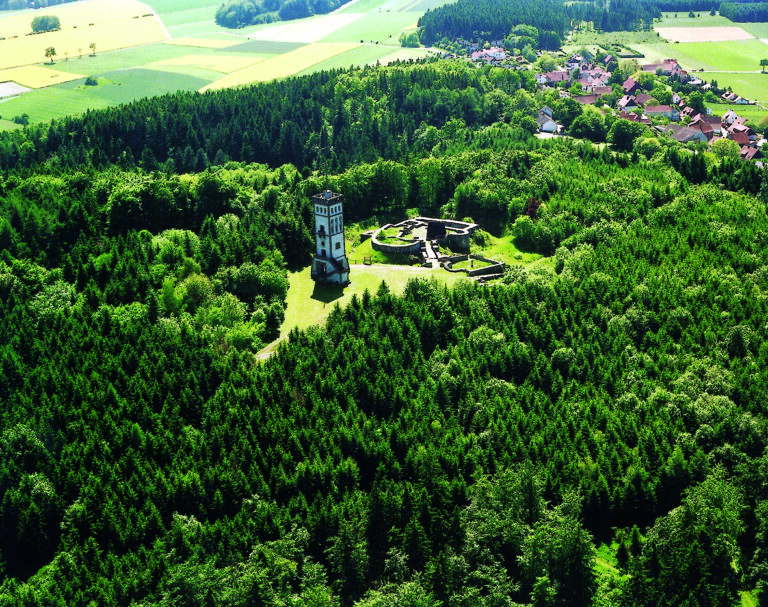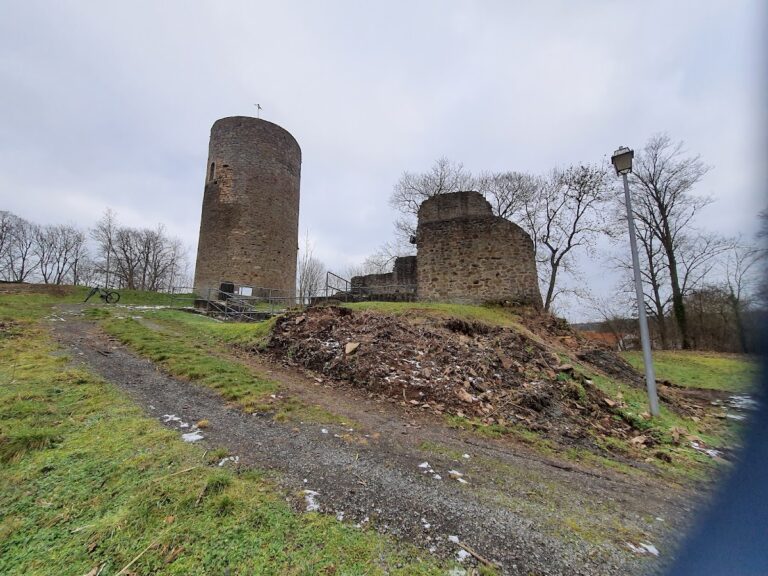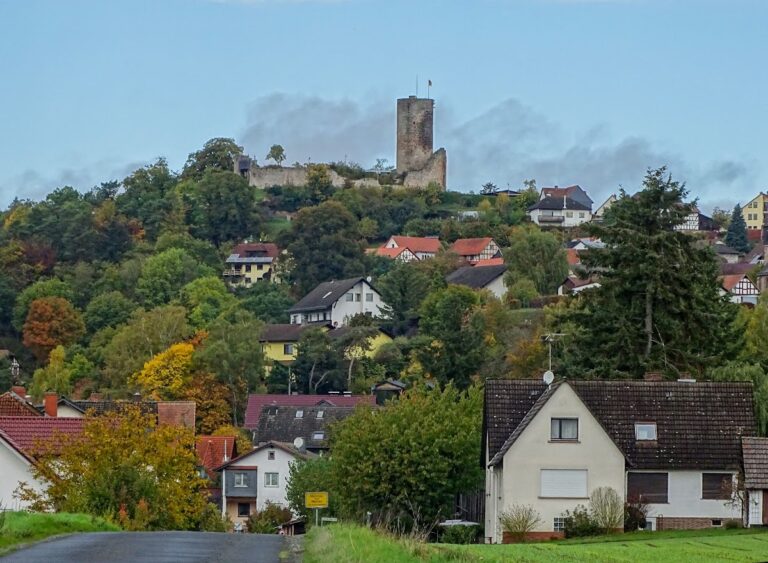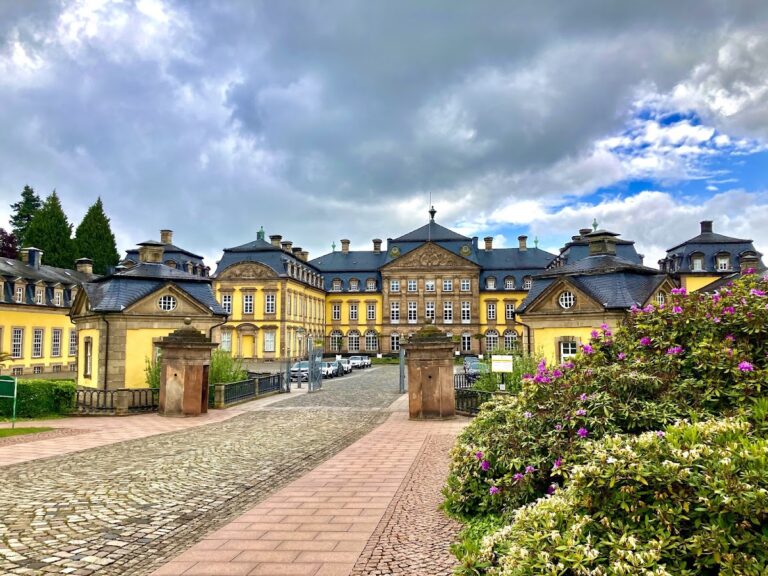Hessenstein Castle: A Medieval Fortress and Youth Education Center in Germany
Visitor Information
Google Rating: 4.5
Popularity: Low
Google Maps: View on Google Maps
Official Website: www.jugendherberge.de
Country: Germany
Civilization: Medieval European
Remains: Military
History
Hessenstein Castle is situated in the municipality of Vöhl, Germany, and was built during the Middle Ages by the Hessian nobility. Its origins date back to the 14th century when Landgrave Heinrich II of Hesse undertook its construction between 1342 and 1348. The castle was established on the remains of an earlier fortification known as Silburg and was meant to replace the Keseburg fortress, which had been destroyed in 1277 by Heinrich II’s father. Hessenstein Castle initially served as a fortified administrative center for local bailiffs, called Vögte, overseeing the surrounding lands.
In 1348, the castle underwent a significant change in ownership when the Archbishop of Mainz compelled the landgrave to pledge Hessenstein to the nearby Haina Monastery. Over the following centuries, officials connected to the monastery, including ministeriales—unfree knights who served as castle administrators—managed the site. This religious connection shaped the castle’s role during the late medieval period, intertwining governance and monastic authority.
Following the Protestant Reformation in 1555, Hessenstein’s purpose shifted to become the seat of the landgravial Amt Hessenstein, an administrative district governed by stewards or Rentmeister. The castle continued to serve as a regional center of government, adapting to changes in political and religious structures. By the 19th century, its function evolved once more when it accommodated forestry officials, including a district forester who took residence there from 1890 onward.
In the 20th century, Hessenstein Castle found new life as a youth hostel, becoming the first of its kind in the German state of Hesse in 1922 and one of the earliest youth hostels nationwide. Initially, its operation was tied to the resident forester managing the site. From 1967 to 1970, extensive renovations were carried out to modernize the hostel facilities while preserving much of the castle’s 14th-century façade. Despite financial difficulties leading to its closure in late 2024, the youth hostel reopened in 2025 under the German Youth Hostel Association (DJH), maintaining its longstanding tradition.
Since 2008, the castle’s role has expanded to include a youth education center with a focus on nature, traditional crafts, and medieval heritage. This educational mission is supported through collaboration with environmental groups such as NABU (the Nature and Biodiversity Conservation Union) and the Nationalpark Kellerwald-Edersee, emphasizing ecological awareness alongside historical learning.
Remains
Hessenstein Castle is a hilltop fortress perched approximately 327 meters above sea level on the southern ridge of the Keseberg hill near Ederbringhausen. The castle complex lies close to the ruins of Keseburg on the northern ridge and is bordered on the south by the Lengelbach stream, which naturally demarcates the site’s boundary. The structure is primarily built of medieval masonry that reflects typical 14th-century construction techniques, showcasing stonework that has been carefully preserved through ongoing restoration efforts.
The castle’s main building and gatehouse dominate the site, both retaining much of their original 14th-century façades as they were erected under Landgrave Heinrich II. Despite suffering damage in a fire during World War II, which destroyed the economic wing, the affected section was rebuilt in 1945 to restore the functional facilities of the castle. Additional structural connections were introduced in 1987, linking the main building and gatehouse to the economic wing, thereby creating a cohesive complex that supports its current educational and hostel uses.
Today, Hessenstein Castle accommodates 123 beds and six meeting rooms within its medieval walls, all adapted to modern needs through renovations completed in 2016 and 2017. These upgrades focused on installing contemporary sanitary facilities and improving accessibility, ensuring the castle meets current safety and comfort standards while retaining key historical elements. The uninterrupted preservation of the historical masonry alongside contemporary features exemplifies a balanced approach to heritage conservation.
The castle’s isolated location amidst forested terrain places it along several notable hiking trails, such as the Kellerwaldsteig and Barbarossaweg, linking it to the natural landscape of the region. In terms of environmental stewardship, Hessenstein Castle has earned certifications recognizing its commitment to sustainable education and conservation. Notably, NABU Hessen has designated the site as a “bat-friendly house,” highlighting measures taken to protect the local bat population and integrate ecological concerns into the upkeep of the historic building.










